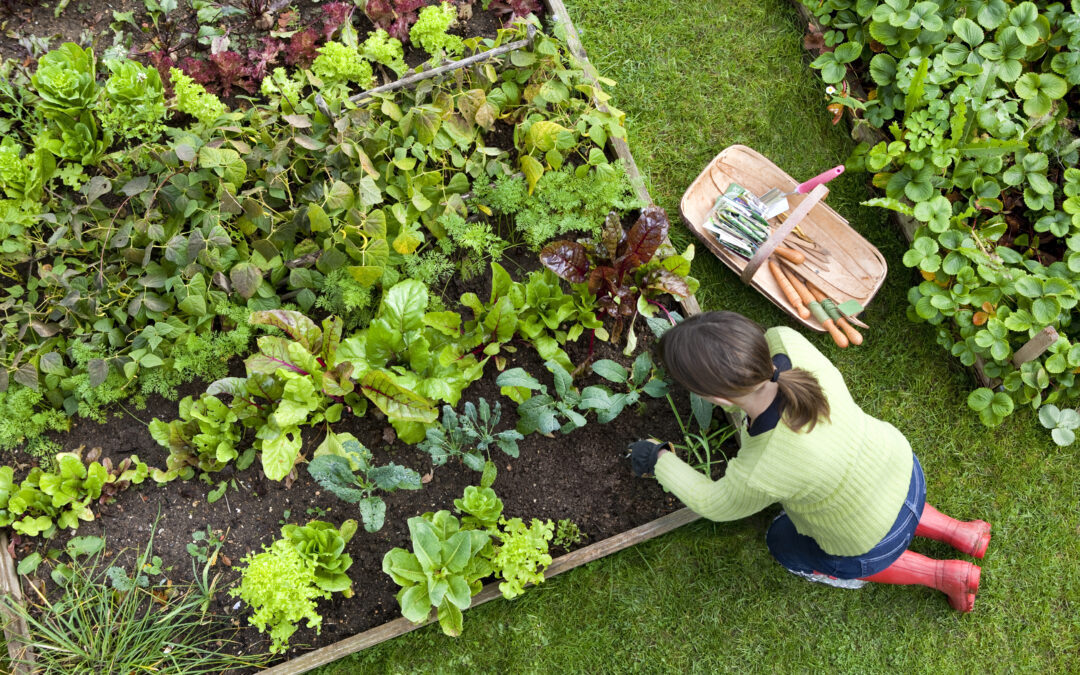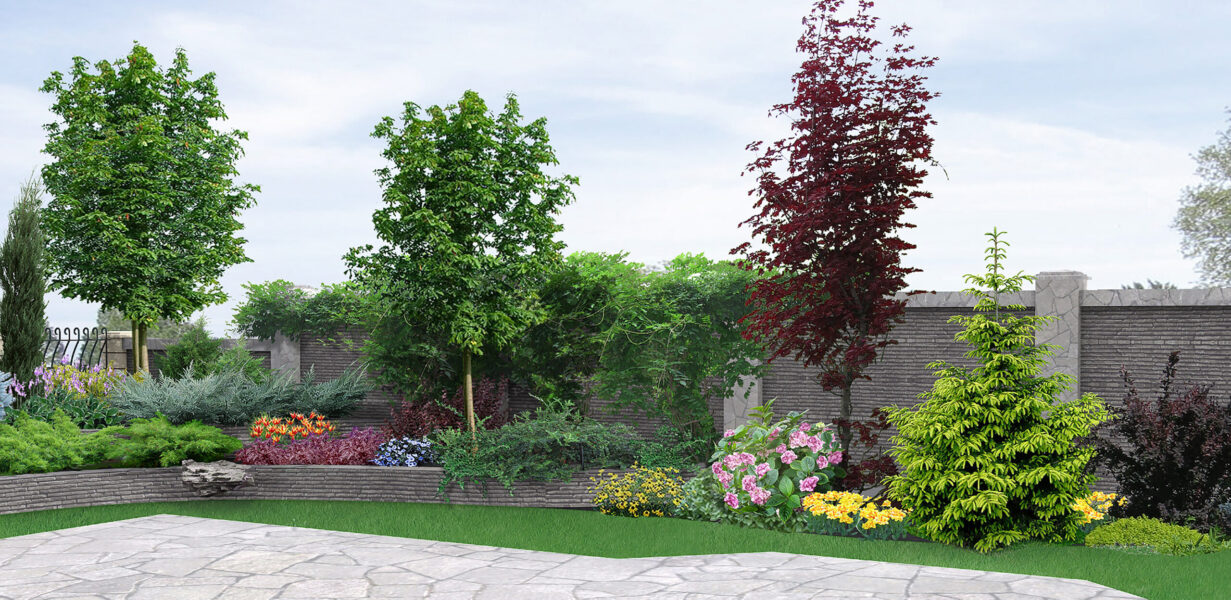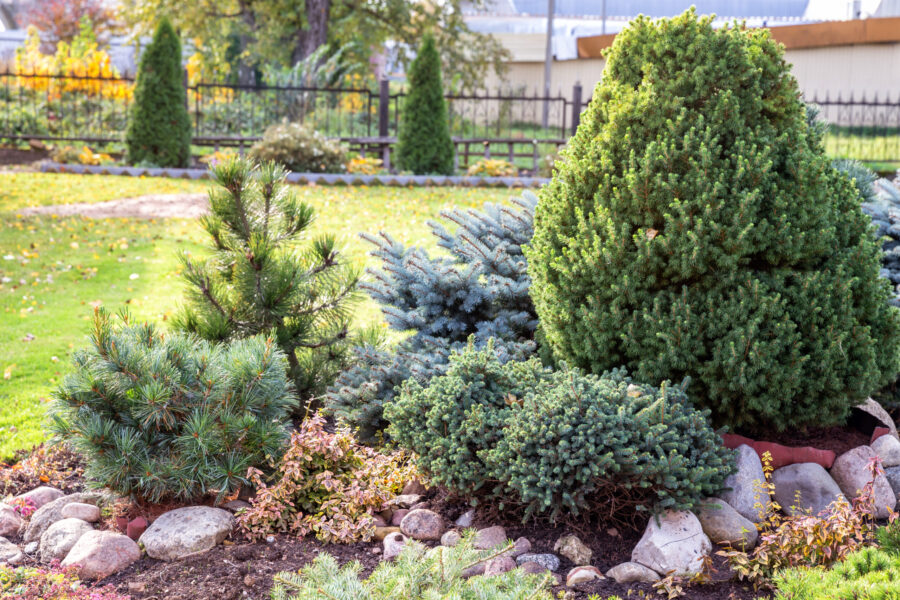Raised garden beds are perfect for those of us who live in Indiana. Our soil, unfortunately, isn’t terribly hospitable for gardens. However, instead of digging wells in the clay, a raised garden bed is the perfect solution to our sad soil woes.
Growing Plants in Raised Garden Beds
Raised garden beds are perfect for gardeners or landscapers who live in places where the soil isn’t great. But, when you create your own raised garden bed, you get to control how nutritious and rich the soil is. An elevated garden bed lets you grow vegetables, flowers, or anything else you want. They give you great results with little effort.
Apart from a raised garden bed looking pretty, there are other advantages as well.
- You have more options. You get to choose the soil you put in your raised garden bed; therefore, there really is no limit to the wonderful things you can grow.
- A raised garden bed offers more drainage. You won’t have to fear overwatering or heavy rains. The raised bed will take care of itself.
- You will be able to effectively prevent the compaction of the soil which can stunt the growth of plants. Because no one is trampling all over your raised bed, you can relax.
- Everything remains easily accessible throughout its life. If you’ve ever felt too short or too tall for gardening, a raised garden bed solves that problem.
- Raised garden beds offer a much large volume of land than pots and planters. This is helpful when it comes to maintenance.
- They are easy to protect. You can simply cover your raised beds with a mesh protector to prevent predators from eating your vegetable, or to prevent poor weather from damaging your plants.
Growing Herbs and Vegetables in a Raised Garden Bed
Do you like growing herbs? Herbs work very well in a raised garden bed since they grow more vigorously with good drainage. It makes them much easier to harvest as well.
Soft vegetables and fruits such as strawberries, raspberries, blackberries, and currants also work very well in a raised bed, allowing them to spill over the top and hang down as they wish. Plus, you’ll still be able to use a protective cover during the growing season.
Growing vegetables in these elevated beds can provide many benefits, too. You can throw a wool cover over the top of the bed and grow them in the winter. Root crops such as carrots or parsnips particularly benefit from the fertile soil and good drainage provided by the beds.
Vegetable beds are also a smart way to practice crop rotation. The purpose of crop rotation is to prevent the accumulation of pests and specific diseases of a group of crops. If you have several raised beds, you can rotationally use them so that each season you use a different plant in each raised garden bed. Doing that will significantly reduce the risk of return diseases or pests that can accumulate in the soil. Crop rotation also gives you the most nutrients in the soil.
There are so many great reasons to give raised garden beds a try. If you want some help getting started, give Aisling View a call at 317-636-9408, and we’ll create a custom plan just for you!







Recent Comments